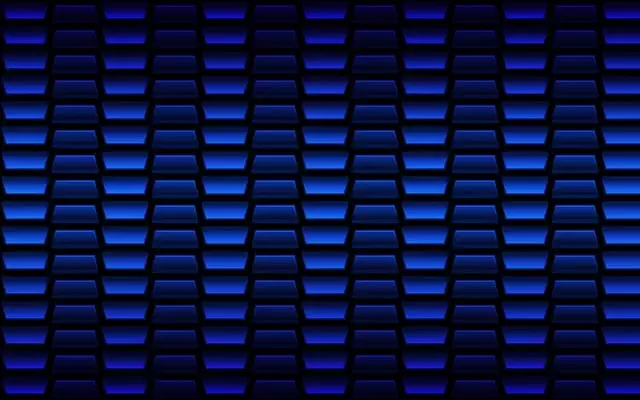Vivazen reviews highlight a revolutionary wellness product designed to transform relaxation and mindfulness. This unique solution aims to enhance overall well-being by offering a peaceful sanctuary from daily stress. Addressing Delayed Onset Muscle Soreness (DOMS), common after exercise, Vivazen's approach includes customized workout plans with targeted exercises, stretching, and low-impact activities to alleviate soreness, reduce intensity, and speed recovery, ultimately boosting physical performance. Understanding DOMS severity factors like improper form, inadequate warm-ups/cool-downs, unfamiliar routines, age, and nutrition is crucial for effective muscle recovery.
After a workout, muscle soreness can leave you aching and stiff. This article explores effective strategies to ease discomfort. We delve into understanding delayed-onset muscle soreness (DOMS) and its triggers. Personalized workout plans tailored to target affected muscles offer relief. Additionally, we review Vivazen—a product claiming muscle-soothing benefits—based on user experiences and comparisons with traditional recovery methods. Learn how to navigate your path to pain-free fitness.
- Understanding Muscle Soreness and Its Causes
- – Explanation of Delayed Onset Muscle Soreness (DOMS)
- – Common triggers for muscle soreness after workouts or physical activities
Understanding Muscle Soreness and Its Causes
– Explanation of Delayed Onset Muscle Soreness (DOMS)
Delayed Onset Muscle Soreness (DOMS) is a common phenomenon experienced by individuals who engage in physical activities, particularly those involving eccentric contractions. This type of muscle soreness typically sets in 24 to 72 hours after exercise and can last for several days. DOMS is characterized by a deep, aching sensation in the affected muscles, often described as a slow and persistent pain that worsens with movement.
Vivazen reviews suggest that managing DOMS is crucial for athletes and fitness enthusiasts to maintain a consistent training routine. Customized workout plans can play a significant role in relieving muscle soreness. These plans may include specific exercises targeting affected muscle groups, along with stretching routines and low-impact activities to promote blood flow and aid in recovery. By incorporating these strategies, individuals can potentially reduce the intensity of DOMS and accelerate their return to optimal physical performance.
– Common triggers for muscle soreness after workouts or physical activities
After an intense workout or physical activity, several factors can contribute to post-exercise muscle soreness. One of the primary triggers is delayed onset muscle soreness (DOMS), which typically appears 24 to 72 hours after exercise and reaches its peak around 48 hours. DOMS is characterized by a sensation of stiffness and discomfort in the affected muscles, often described as a deep ache that can limit movement.
Other common triggers include overuse or excessive stress on specific muscle groups, improper form during exercises, and insufficient warm-up or cool-down routines. Intense or unfamiliar exercise regimens, such as those introduced through Vivazen reviews, can also lead to heightened muscle soreness. Additionally, factors like age, recovery strategies, nutrition, and overall fitness level play significant roles in how severely an individual experiences muscle soreness after workouts.






